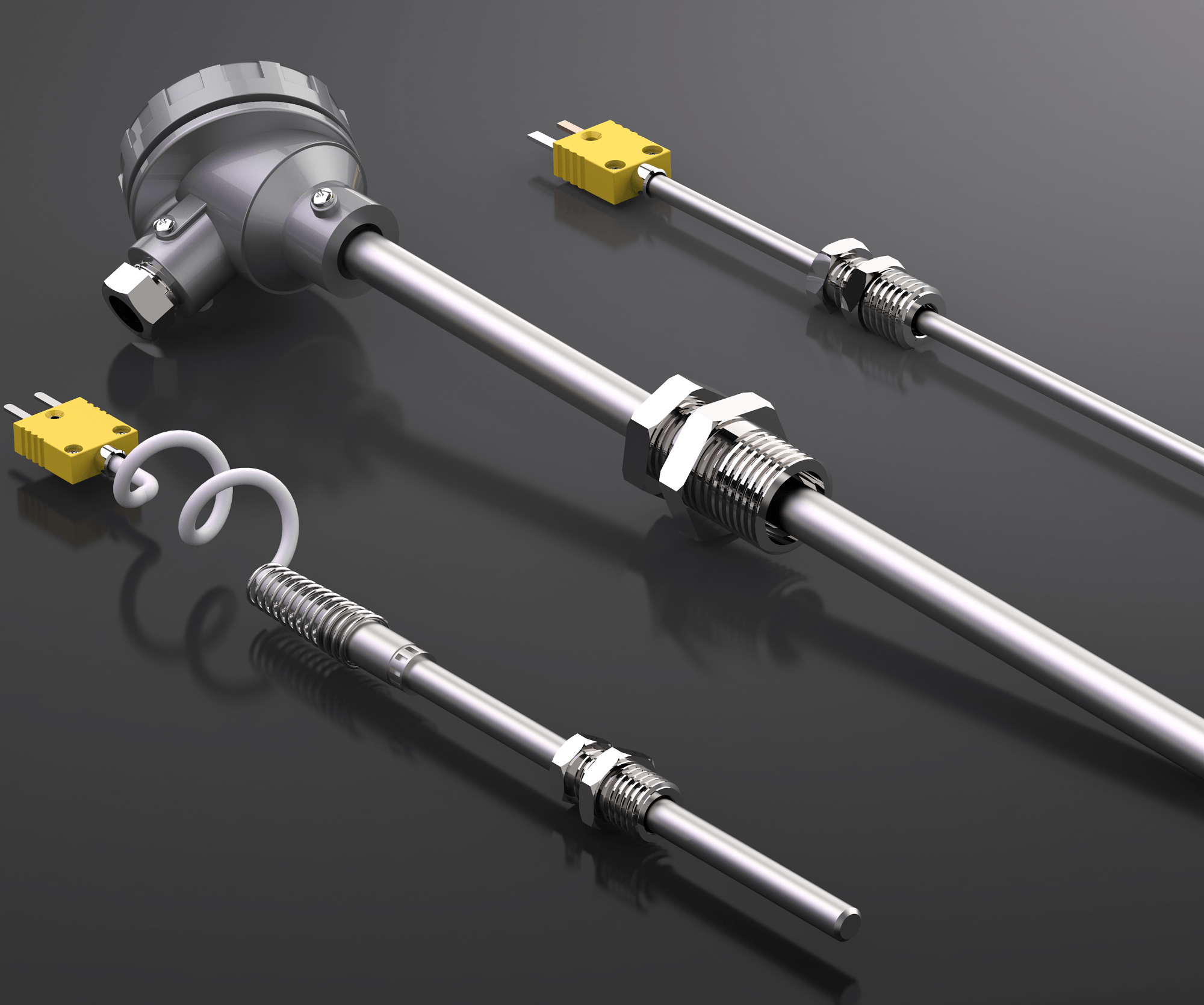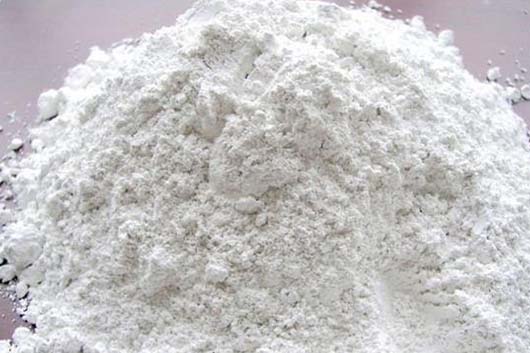Introduction
As we venture further into the 21st century, technology continues to evolve at a breakneck pace. One field seeing consistent growth and innovation is that of temperature sensors. These tiny but crucial components have come a long way from their humble beginnings and are becoming more advanced and versatile than ever. In this blog post, we’ll explore some of the most compelling trends shaping the future of temperature sensors in 2023.
Miniaturization: Smaller, Yet More Powerful
The trend of miniaturization is sweeping across various tech sectors, and temperature sensors are no exception. As these sensors become smaller, they’re also becoming more powerful and efficient, allowing for their use in more applications than ever before, including wearables and IoT devices.
Increased Accuracy and Speed
Advancements in materials science and sensor technology have led to more accurate and faster sensors. This is crucial in industries like healthcare, where a difference of a few degrees can be life-altering.
Smart Sensors: The Rise of IoT
The integration of Internet of Things (IoT) capabilities into temperature sensors is making them smarter and more functional. These smart sensors can send real-time data to the cloud, enabling better monitoring and data analysis for applications such as smart homes, industrial automation, and more.
Sustainability Focus
The growing awareness of climate change and environmental sustainability is affecting the production and disposal of sensors. Manufacturers are increasingly using eco-friendly materials and are developing sensors that consume less energy.
AI and Machine Learning
Artificial Intelligence (AI) and machine learning algorithms are being integrated into temperature sensor systems. This allows for predictive analytics, where the system can make forecasts and even automated decisions based on temperature readings.
Multi-Functionality
Future temperature sensors are likely to incorporate additional functionalities, such as humidity or pressure sensing. This multi-functionality makes them even more useful in complex systems and reduces the need for multiple types of sensors.
Healthcare Innovations
The COVID-19 pandemic has put a spotlight on remote monitoring and healthcare. These sensors are being designed to be more patient-friendly, with options like ingestible sensors and non-invasive monitoring on the horizon.
Increased Customization
Manufacturers are offering increased customization options to meet the specific needs of various industries. Whether you need a sensor that can withstand extreme temperatures or one that can be easily integrated into an existing system, the choices are expanding.
Conclusion
The temperature sensor industry is undergoing rapid transformations, influenced by broader trends like IoT, AI, and sustainability. As we move through 2023, we can expect to see these trends shaping not just the technology itself but also how it interacts with our daily lives. Keeping an eye on these trends will help both consumers and industry professionals make informed decisions in a world that’s becoming increasingly interconnected and intelligent.
















